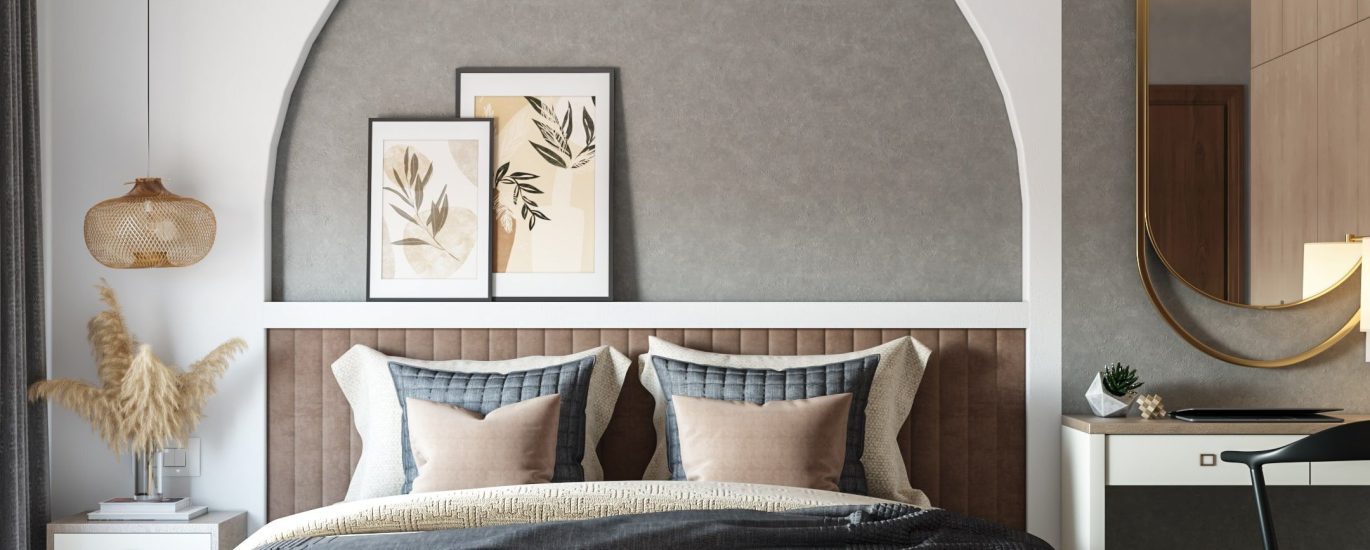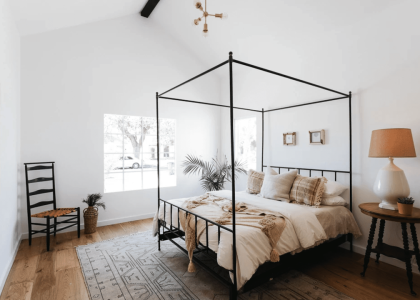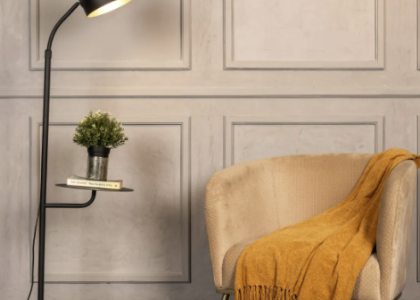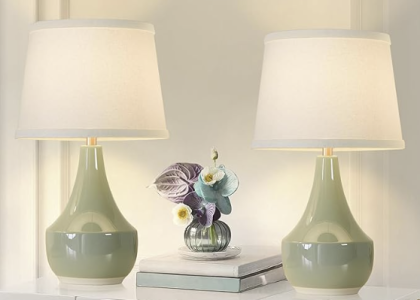Outdoor lighting has been an important part of architectural and landscape design for centuries. In the 1930s, outdoor lighting became an increasingly popular feature in American homes, as people aimed to create stylish and glamorous outdoor areas that reflected the Hollywood culture of the era. Outdoor lighting fixtures such as table lamps, floor lamps, and sconces were used to create striking and dramatic lighting effects that enhanced the overall beauty of the architecture and landscape. This article explores the history of outdoor lighting in the 1930s and the ways in which it was used to create glamourous and atmospheric outdoor spaces.
The popularity of outdoor lighting in the 1930s
The 1930s were a time of great change in American society, with the rise of modernism, the influence of Hollywood culture, and the increasing focus on creating stylish and practical homes. Outdoor lighting became an important part of this trend, as people sought to create outdoor entertaining spaces that reflected the glamour and sophistication of the era. The popularity of outdoor lighting was also due to improvements in technology, which made it easier to create spectacular lighting effects that were both functional and beautiful.
The influence of Hollywood culture
One of the main influences on the popularity of outdoor lighting in the 1930s was the Hollywood culture of the time. The trend for outdoor entertaining was fueled by the glamorous parties hosted by Hollywood stars, who created stunning outdoor areas with dramatic lighting effects. Homeowners across the country were inspired by these stars and wanted to create similar outdoor spaces that reflected the style and sophistication of the Hollywood lifestyle.
Improvements in technology
During the 1930s, there were significant improvements in outdoor lighting technology, which made it easier to create dramatic lighting effects. These improvements included the introduction of new materials such as aluminum, which were lightweight and rust-resistant, as well as advancements in wiring and bulb technology. The development of new lighting fixtures such as table lamps, floor lamps, and sconces also meant that there were more options available for creating different lighting effects in outdoor spaces.
The different types of outdoor lighting fixtures used in the 1930s
There were several different types of outdoor lighting fixtures used in the 1930s, each of which was used to create different lighting effects.
Table lamps
Table lamps were one of the most popular types of outdoor lighting fixtures in the 1930s. These lamps were often made from materials such as wrought iron, copper, or brass and featured shades made from glass, fabric, or mica. Table lamps were used to create intimate lighting effects in outdoor seating areas or dining spaces.
Floor lamps
Floor lamps were another popular type of outdoor lighting fixture in the 1930s. These lamps were usually taller than table lamps and could be used to create more dramatic lighting effects. They were often placed next to seating areas or in gardens to provide subtle illumination.
Sconces
Sconces were a third type of outdoor lighting fixture commonly used in the 1930s. These fixtures were attached to the exterior of a building and used to highlight architectural features such as doors, windows, or columns. Sconces were often made from materials such as bronze or copper and featured intricate designs or patterns.
The use of lighting effects in creating outdoor spaces
The use of lighting effects was an important part of creating glamorous outdoor spaces in the 1930s. Homeowners and designers experimented with various lighting techniques to create atmosphere and enhance the overall beauty of the outdoor area.
Up lighting
Up lighting was a popular lighting effect in the 1930s, which involved placing lights on the ground and pointing them upwards to illuminate trees or architectural features. This technique created a dramatic effect that emphasized the height and beauty of these features.
Down lighting
Down lighting was another common lighting effect used in the 1930s. This technique involved placing lights above an area and directing the light downwards. This created a softer and more subtle lighting effect that was often used to illuminate outdoor dining spaces or seating areas.
Cross lighting
Cross lighting was a more advanced lighting effect used in the 1930s, which involved placing lights at different angles to create a multidimensional effect. This technique was often used to highlight architectural features or to create a sense of movement and depth in the outdoor area.
The outdoor lighting of the 1930s was glamorous, sophisticated, and innovative, reflecting the changing trends of the time. The use of new materials and advancements in technology enabled people to create dramatic and beautiful outdoor areas that reflected the Hollywood culture of the era. By incorporating various lighting effects and using different types of light fixtures such as table lamps, floor lamps, and sconces, homeowners and designers were able to enhance the overall beauty of the outdoor space, creating a sense of atmosphere and glamour that is still admired today.






